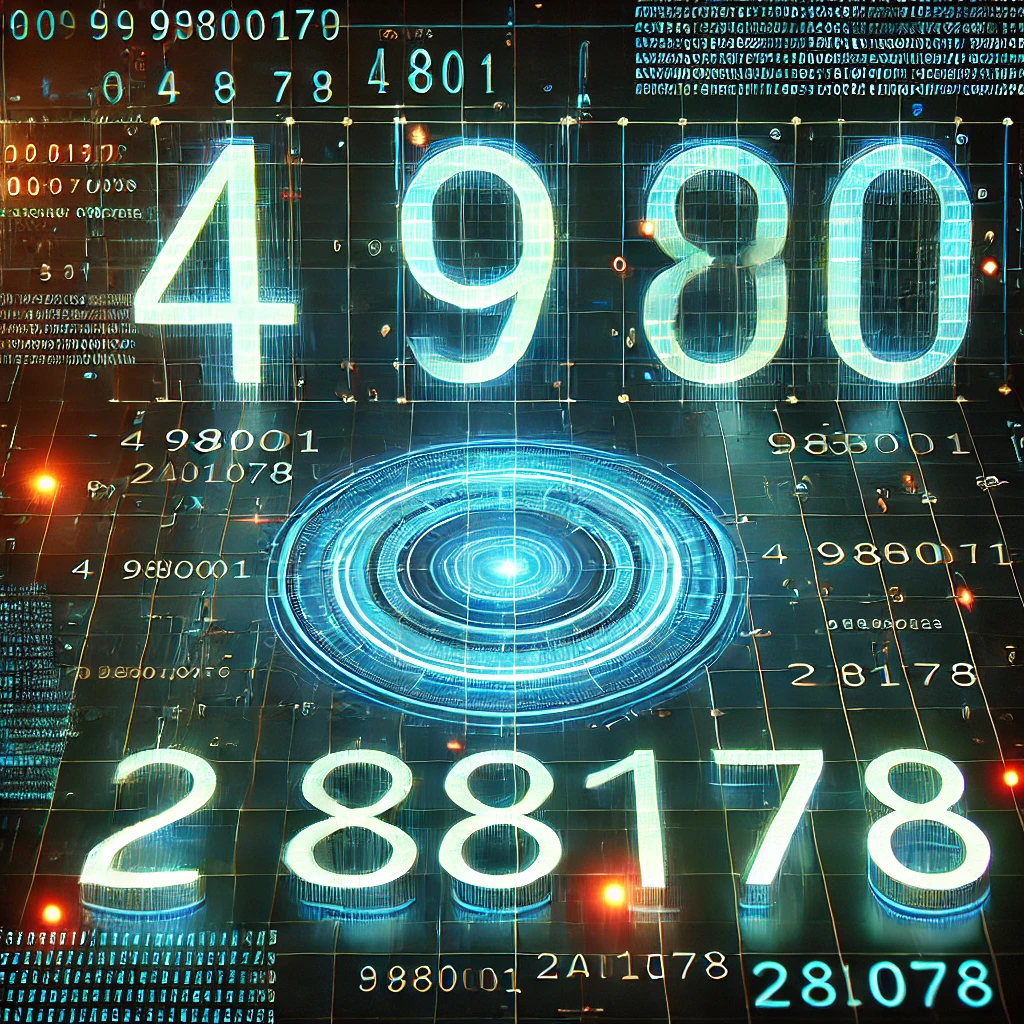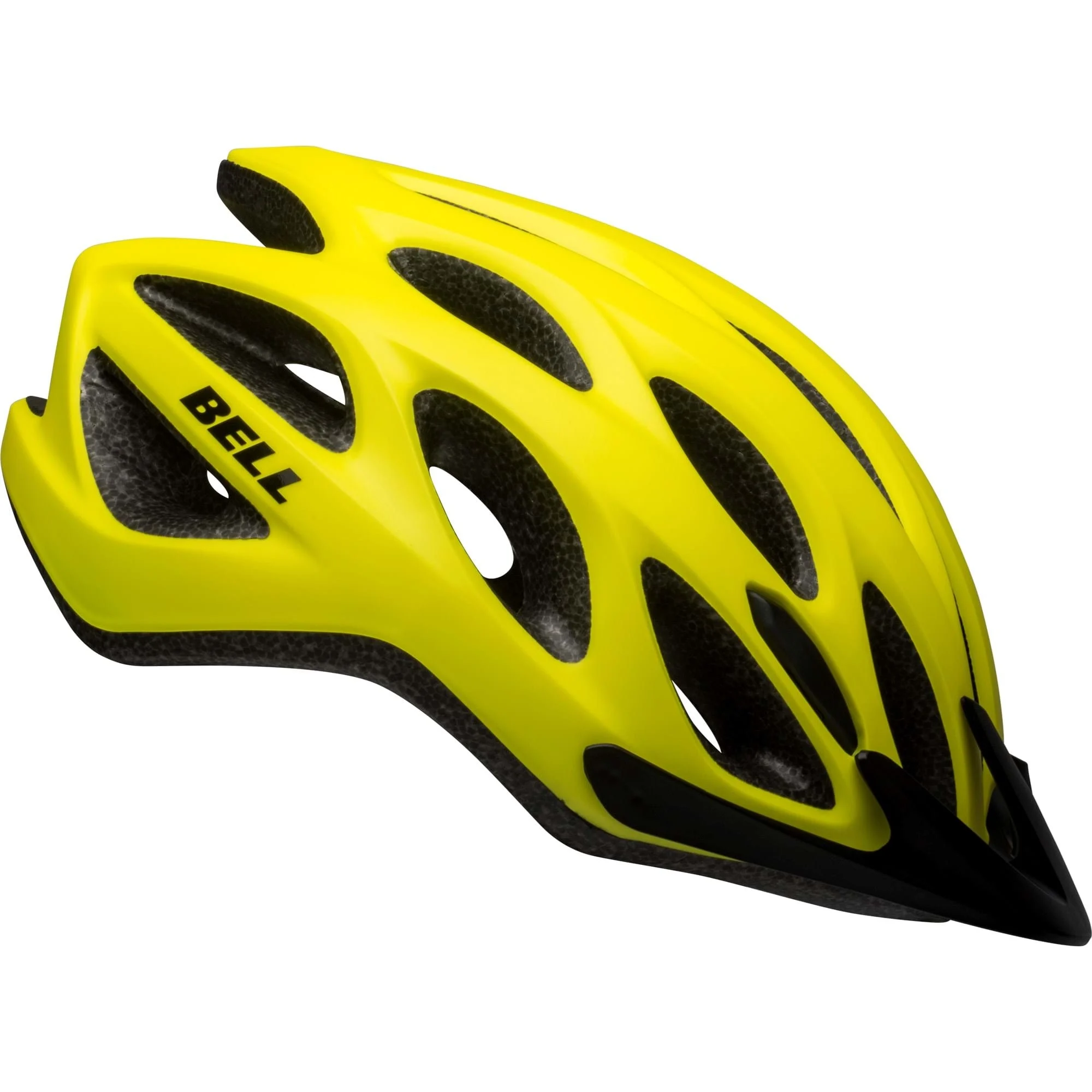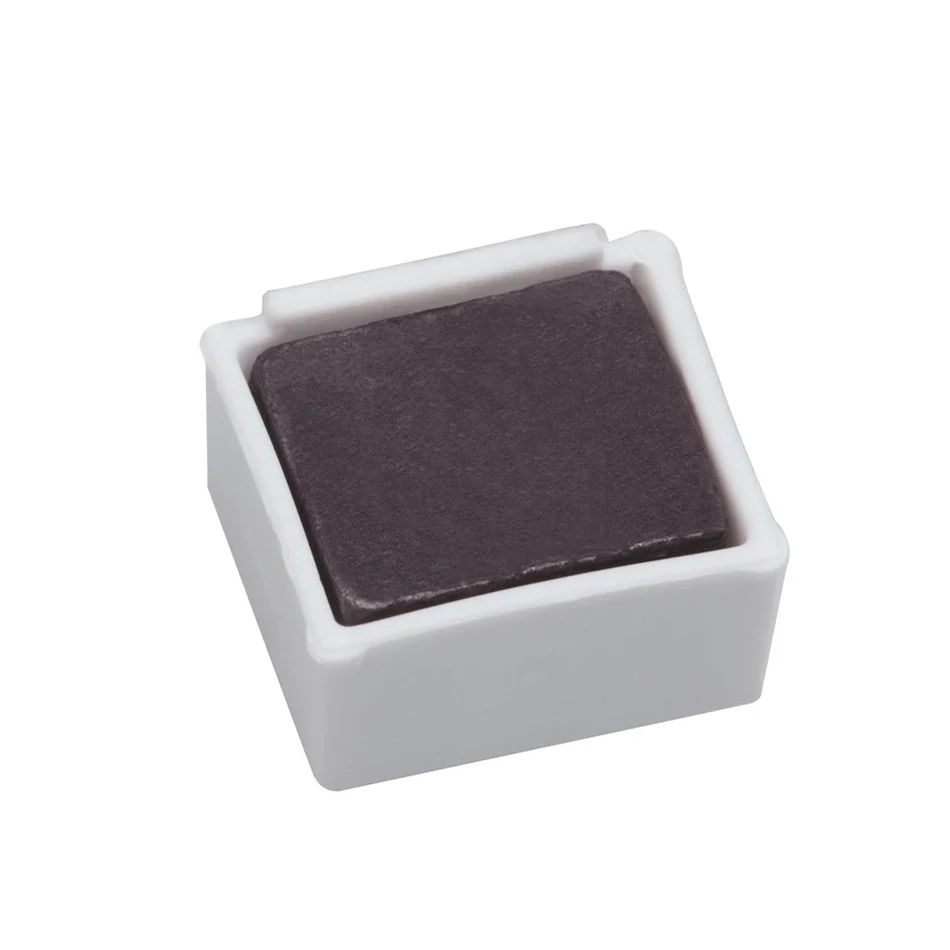When you first come across “4 988001 281078,” it’s natural to have a few questions. What is this sequence of numbers, and why does it matter? This guide breaks it all down, so you know exactly what it represents and how it might be useful in your life.
Let’s explore the most common uses, misconceptions, and the stories behind sequences like “4 988001 281078.”
What Is 4 988001 281078?
“4 988 001 281078” is a sequence typically found in the world of barcodes, item identifiers, and sometimes even in specific online databases. People often wonder if this code holds the key to special information, especially if they come across it on a product or website.
Why Does 4 988001 281078 Matter?
For those who rely on barcodes, product identifiers, or logistics, codes like “4 988001 281078” can be a make-or-break part of their day-to-day. Whether it’s for tracking a shipment, ensuring a product is legit, or simply making sense of data, these numbers are critical.
Think about it: Have you ever scanned a product barcode to check its price or details? If so, you’ve seen how important these identifiers are. Without codes like “4 98800 1 281078,” we’d have a lot more guesswork and a lot less efficiency.

Where Might You See 4 988001 281078?
Let’s take a closer look at places and contexts where codes like “4 9880 01 281078” typically pop up:
- Retail Stores: Barcodes help track products, manage inventory, and enable fast checkout.
- Online Marketplaces: Unique identifiers prevent product duplicates and make searching easier.
- Shipping and Logistics: Tracking numbers rely on unique codes to keep parcels moving accurately.
So, if you’re handling anything that needs tracking, verification, or quick identification, you may see similar codes, making “4 98 8001 281078” pretty common in everyday tasks.
How Does 4 988001 281078 Fit into Product Identification?
The beauty of “4 988001 281078” lies in its precision for identifying items, especially in barcode systems. These codes often follow a standard that links back to a company, product type, or other unique detail.
Let’s break down how codes like this usually work:
- First Digit: Often identifies the type or region.
- Middle Digits: Commonly represent the manufacturer or brand.
- Last Section: This is the unique identifier for that specific product or batch.
This structure is why “4 988 001 281078” isn’t just random; it’s a carefully assigned sequence ensuring no two items clash in the system.
FAQs About 4 988001 281078 and Similar Codes
Q: Can I learn anything specific about a product with “4 988001 281078”? A: Generally, barcodes reveal where a product comes from, who made it, and a unique identifier. They don’t carry detailed specs but help databases and systems pinpoint product details fast.
Q: Why does “4 988001 281078” seem familiar? A: If you’ve seen similar numbers before, it could be because many barcodes use patterns that feel similar. Major retailers and suppliers often use similar numbering systems, which makes these sequences more recognizable.
Q: Can I track a shipment with just “4 988001 281078”? A: Tracking codes usually have specific formats. If “4 9880 01 281078” belongs to a package, the courier’s system may have more information when scanned directly, but a standard code alone won’t pull up tracking data in all cases.
Q: Are there tools to look up codes like “4 988001 281078”? A: Yes, some websites let you enter UPC or EAN codes to identify products. These sites can decode general info based on the sequence, which can be helpful for verifying items.

Stories From the Barcode World: Why Sequences Like 4 988001 281078 Aren’t Just Random
There’s something satisfying about knowing that behind each number is an intentional system. Retailers and warehouses depend on these codes for organization. Imagine a day without them: store shelves might become a chaotic mix of products with no clear system. This is why “4 9880 01 281078” and similar sequences are anything but random. They’re like a hidden language for supply chains, allowing everything from a simple milk carton to a high-end gadget to move efficiently from factory to your doorstep.
In fact, barcodes have transformed shopping and logistics, making them almost a silent hero of modern life.
Why High Code Accuracy Matters (And How 4 988001 281078 Helps)
Think of it like this: with thousands of products moving through stores and warehouses, any mistake in a code can lead to lost products, incorrect shipments, or mix-ups. When scanned, the code has to bring up the exact product details instantly, leaving no room for error.
A missed number or an extra digit could create confusion across systems. Using “4 988001 281078” consistently ensures that items are tracked, priced, and delivered correctly.
How to Verify a Code Like 4 988001 281078
Let’s say you’re curious about checking a product’s details. Here’s how to verify a code like “4 988001 281078”:
- Use a Barcode Scanner: Many smartphone apps let you scan and identify products.
- Look Up on Product Databases: Sites like Barcode Lookup offer basic information on certain UPC and EAN codes.
- Check the Packaging: Legitimate codes like “4 988001 281078” should match other identifiers on the box or label.
This process can help you avoid fake products or verify an item’s authenticity.
Wrapping Up on 4 988001 281078
So, now that we’ve decoded “4 988001 281078,” we can see it’s more than a number. It’s part of a larger system that makes our shopping, shipping, and day-to-day experience smoother. When you see a code like this, you’re glimpsing a piece of the logistical puzzle that keeps things running.
Barcodes and sequences like “4 988001 281078” may not be glamorous, but they’re a huge part of making modern life as convenient as it is today.







